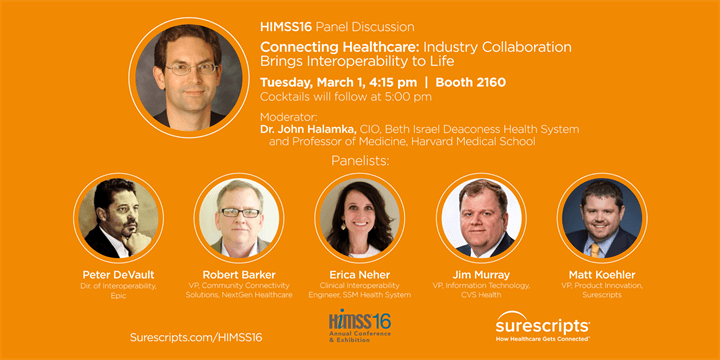Ensuring providers have access to patient information in real-time is one of the most important ways that health IT can improve quality. When providers don’t have this information—coupled with the shift towards value-based care--patients aren’t the only ones who stand to suffer. But when physicians are armed with critical patient information at the point of care, outcomes are improved and safety is increased.
Today, nearly half of all hospitals in the country depend on real-time access to patient medication history data, ultimately saving large 1,000 bed hospitals more than $1 million each year through decreased adverse drug events, prevented patient readmissions and reduced staff time. And when solutions that enable records access are integrated into existing workflows and technologies, the value that technology adds becomes even more apparent. With EHRs, PBMs, and providers working together to implement solutions like a National Record Locator Service (NRLS), clinicians have a fast, easy way to locate patient records, regardless of geography or EHR system, saving time and reducing unnecessary and costly tests or procedures.
Despite the roadblocks to interoperability that still remain today, technology like NRLS is a shining example of the promise that health information exchange and data sharing holds. At HIMSS16, we’re thrilled to convene industry leaders from across the care continuum to discuss their experiences as the first adopters of real-world electronic record sharing technology—the nation’s only National Record Locator Service.
Join us on Tuesday, March 1st at 4:15 PM in the Surescripts booth (#2160) at HIMSS16 to learn how successful record sharing can improve patient care delivery? What are some of the challenges and successes? What can the industry learn from this information-sharing story?



 Dean Riggott Photography
Surescripts
Dean Riggott Photography
Surescripts